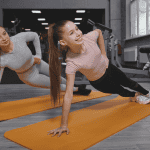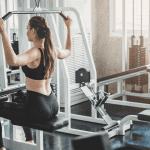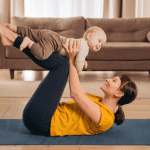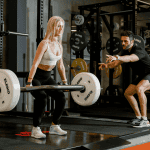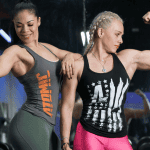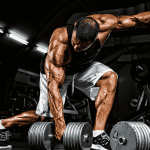Most women don’t have time to spend hours in the gym or figure out complicated programs with tons of equipment. That’s exactly why this 4-day workout plan was created—to keep things simple, clear, and effective.
This routine is built around just four focused training days each week. Two days shape your upper body, and two days target your glutes, legs, and core. You’ll use only dumbbells and your own bodyweight—no machines, no fuss. The workouts are short, usually around 30 to 45 minutes, but still hit all the right muscles to help you build strength and tone your body.
It also gives you flexibility. If you’re working toward fat loss, you can turn each workout into a high-intensity circuit to boost your heart rate and burn more calories. Or, if toning is your main goal, you can stick with the regular format and train at your own pace.
In this blog post, you’ll get the full 4-day schedule, clear instructions for every move, tips for recovery, and a simple guide to eating in a way that supports your results.
Why Four Days Is More Than Enough
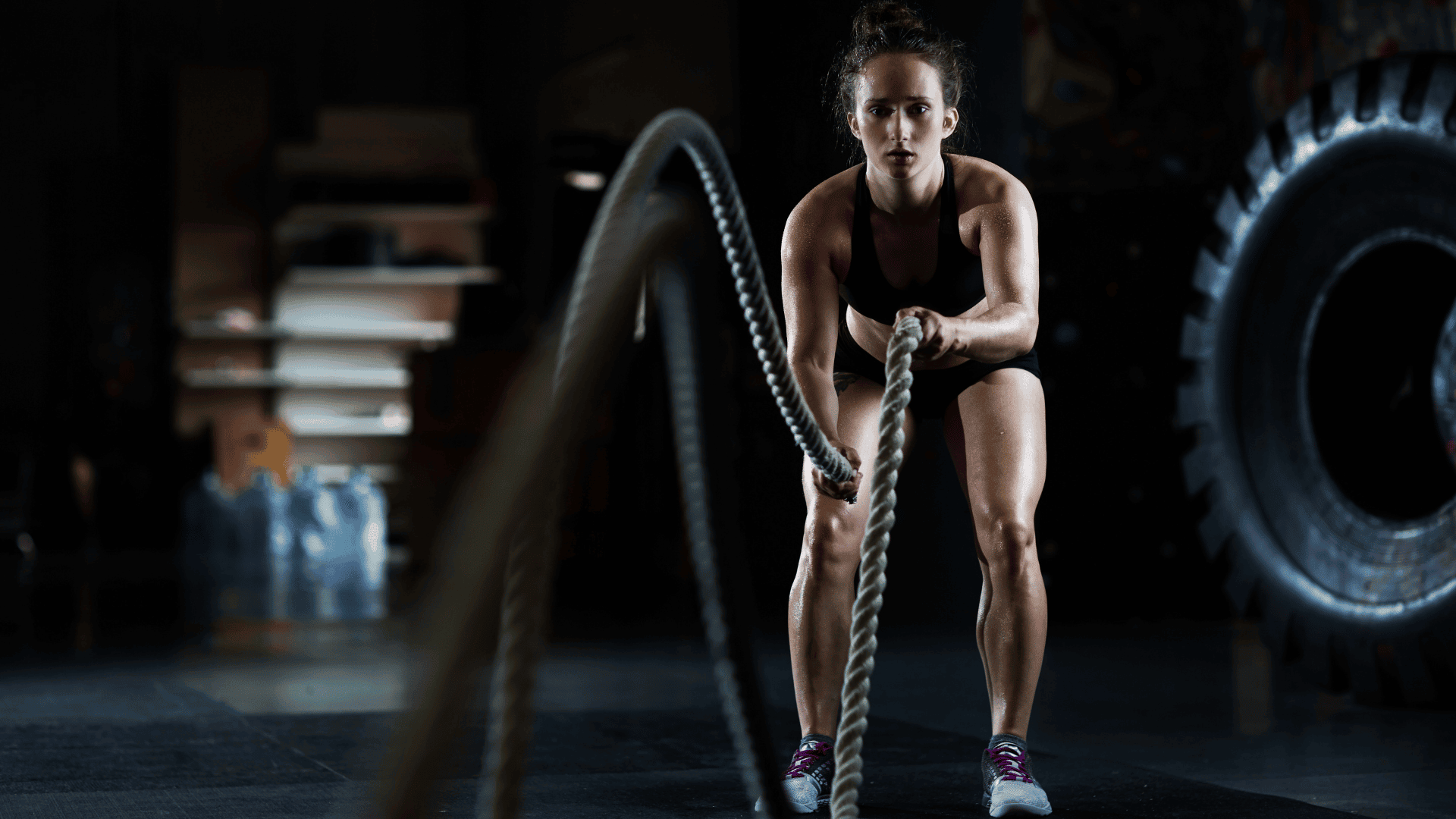
Some training schedules call for five or six gym days a week, but that isn’t always realistic. When each workout is focused and well-structured, four days can deliver strong, visible results—without overwhelming your week.
This plan follows an upper-lower split. That means your upper body gets two dedicated sessions, and your lower body and core get another two. With this setup, each muscle group gets trained more than once while still having enough time to recover. That recovery time matters. It helps your muscles rebuild, grow stronger, and show more tone.
The workouts also stay short and clear—around 30 to 45 minutes each—so they’re easy to stick to. Dumbbells and bodyweight moves keep things simple, while still challenging the right areas: arms, shoulders, back, glutes, legs, and abs.
Some days, you can slow the pace and train with traditional rest. Other days, you can move through the exercises faster to increase intensity and boost calorie burn. Both options work. The key is staying consistent—and this schedule makes that possible.
What Your Week Looks Like Workout Breakdown
This plan spreads four smart workouts across the week, with rest days in between to give your muscles time to recover.
It’s designed to fit your body’s natural rhythm—upper body on Monday and Thursday, lower body and core on Tuesday and Friday, and rest on Wednesday, Saturday, and Sunday. That way, you can train hard and still stay fresh.
Here’s how the week flows:
| Day | Focus | What You’ll Work |
| Monday | Upper Body Strength | Chest, back, shoulders, arms |
| Tuesday | Lower Body + Core | Glutes, legs, calves, abs |
| Wednesday | Recovery or Light Cardio | Walking, stretching, foam rolling |
| Thursday | Upper Body (New Angles) | Shoulders, back, arms — with new movement patterns |
| Friday | Glute-Focused Lower Body | Glutes, quads, hamstrings, calves, core |
| Saturday | Optional Recovery | Yoga, mobility work, or light movement |
| Sunday | Full Rest | No training — relax, recharge |
Workout Breakdown
Monday – Upper Body Strength
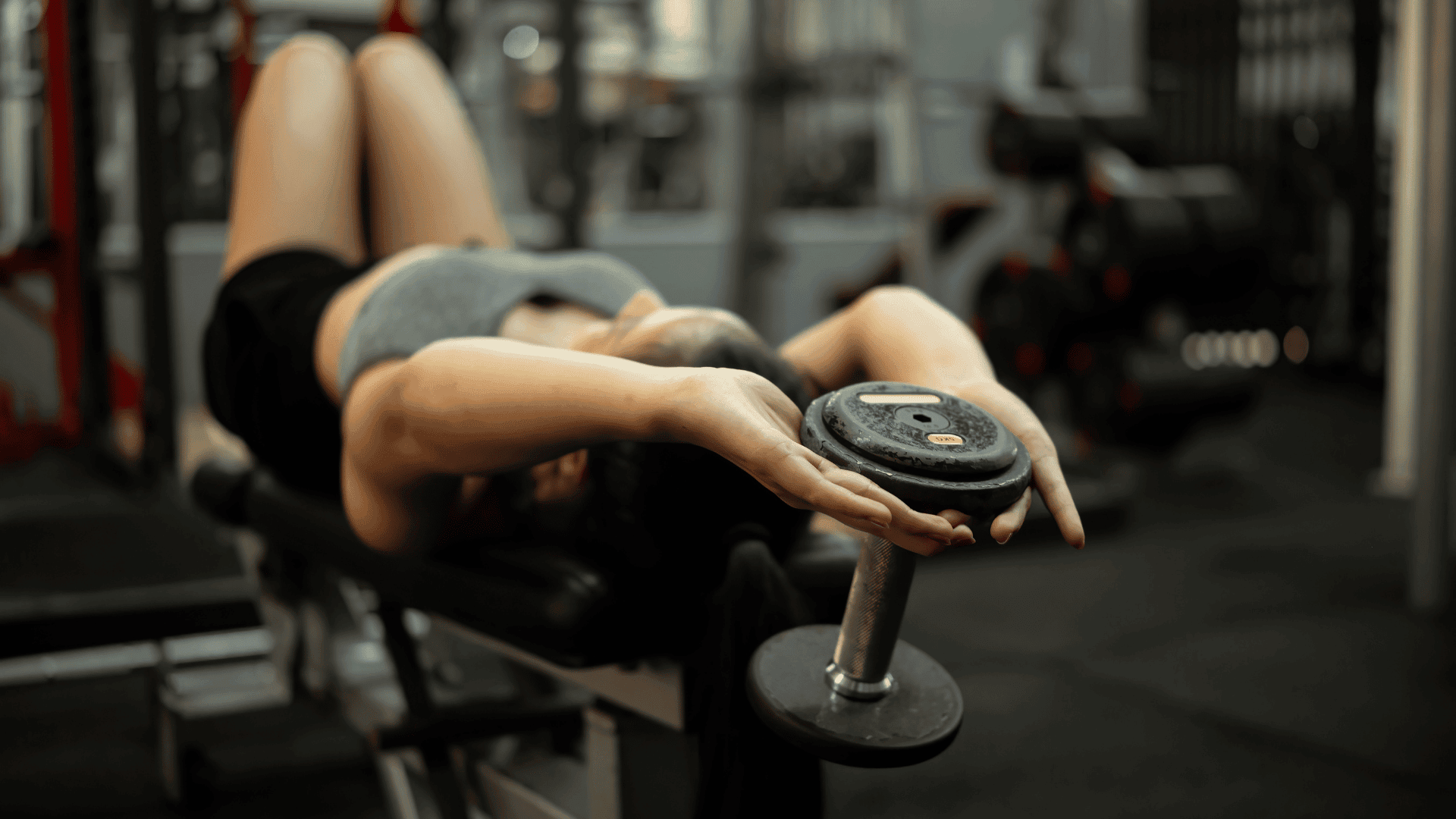
Start the week strong by working your chest, back, shoulders, and arms.
- Dumbbell Floor Press — 3 sets of 12 to 15 reps
Lie flat on the floor with a dumbbell in each hand. Press the weights straight up above your chest, then lower them slowly until your elbows touch the ground. This targets your chest safely without needing a bench. - Dumbbell Fly — 3 sets of 12 to 15 reps
Stay on the floor. With arms slightly bent, open your arms out to the sides, then bring the dumbbells back together above your chest. Focus on control—this move stretches and tones your chest muscles. - Bent-Over Dumbbell Row — 3 sets of 12 to 15 reps
Stand, hinge at the hips, and let the dumbbells hang toward the floor. Pull them up toward your ribs, squeezing your shoulder blades together. This strengthens your back and helps improve posture. - Dumbbell Pullover — 3 sets of 12 to 15 reps
Lie down again with one dumbbell held above your chest. Slowly lower it back over your head until you feel a stretch in your upper chest and lats. Then pull it back up. It hits both your chest and back at once. - Dumbbell Lateral Raise — 3 sets of 12 to 15 reps
Stand tall with a dumbbell in each hand by your sides. Raise both arms out to shoulder height, then lower them slowly. This isolates your shoulders and adds definition. - Dumbbell Bicep Curl — 3 sets of 15 reps
With your arms at your sides, curl the weights up toward your shoulders. Lower them slowly. Keep your elbows close to your body to fully target the biceps. - Lying Dumbbell Triceps Extension — 3 sets of 15 reps
Lie on your back with dumbbells held above you. Bend your elbows to lower the weights toward your forehead, then straighten your arms to press them back up. This tones the back of your arms.
Tuesday – Lower Body + Core
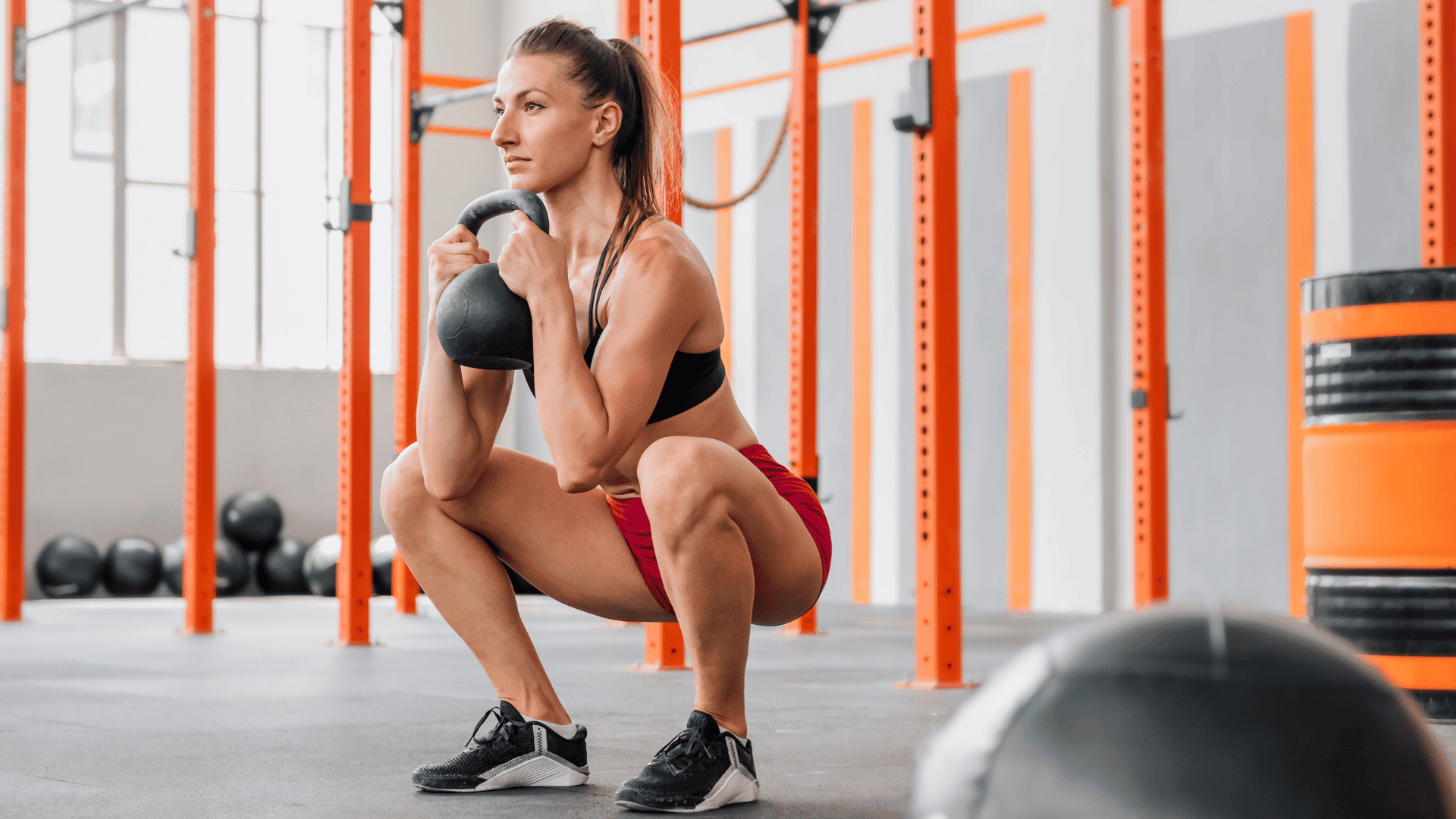
Now it’s time to focus on your glutes, legs, calves, and core.
- Walking Lunges — 3 sets of 12 to 15 reps per leg
Step forward with one leg and lower until your back knee nearly touches the floor. Push through your front foot to step forward again. This builds strength and shape in your glutes and thighs. - Goblet Squat — 3 sets of 12 to 15 reps
Hold one dumbbell at chest height. With your feet shoulder-width apart, squat down like you’re sitting into a chair, then stand back up. Keep your chest tall. This move targets your quads and glutes. - Dumbbell Stiff-Leg Deadlift — 3 sets of 12 to 15 reps
Hold two dumbbells in front of your legs. Hinge at your hips and lower the weights while keeping your back flat. Then squeeze your glutes to return to standing. This strengthens your hamstrings and glutes. - Lying Dumbbell Leg Curl — 3 sets of 12 to 15 reps
Lie on your stomach with a dumbbell held between your feet. Curl your feet toward your glutes, then lower back down. Use light weight and move slowly—this isolates the hamstrings. - Seated Calf Raise — 3 sets of 15 reps
Sit on a bench or step with dumbbells on your knees. Raise your heels off the floor and lower back down. This strengthens and defines your calves. - Single-Leg Standing Calf Raise — 3 sets of 15 reps per leg
Stand on one foot, lift your heel, then lower it slowly. Repeat before switching sides. Use a wall or chair for balance if needed. - Weighted Crunch — 3 sets of 15 reps
Lie on your back with a dumbbell held on your chest. Crunch up by lifting your shoulders off the floor, then slowly lower back down. Keep the movement small and controlled. - Weighted Knee-Ins — 3 sets of 15 reps
Sit on the floor holding a dumbbell near your chest. Lean back slightly, then pull your knees in toward your chest. Extend them back out without letting your heels touch the ground.
Thursday – Upper Body (New Angles)
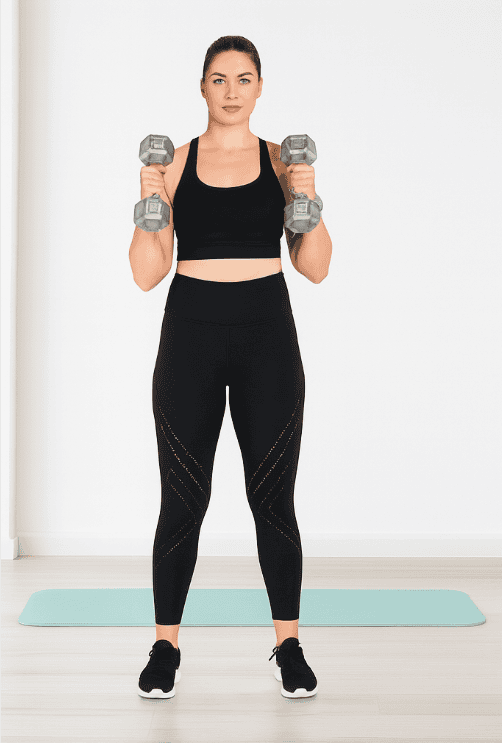
This session targets the same upper body areas as Monday, but with different movements. These variations help train your muscles from new angles and prevent plateaus.
- Incline Dumbbell Press — 3 sets of 12 to 15 reps
Sit back on an incline bench or lean against a wall if you don’t have one. Start with dumbbells near your shoulders, then press them upward at an angle. This shifts the work toward your upper chest and shoulders. - Single-Arm Dumbbell Row — 3 sets of 12 to 15 reps per side
Rest one hand and knee on a bench or sturdy surface. With the free hand, pull the dumbbell up toward your waist, then lower it slowly. Switch sides after each set. This works your back and helps even out strength between both sides. - Arnold Press — 3 sets of 12 to 15 reps
Begin with the dumbbells in front of your shoulders, palms facing you. As you press up, rotate your wrists so your palms face forward at the top. Reverse the motion on the way down. This move targets all three parts of the shoulders. - Front Raise — 2 sets of 15 reps
Hold a dumbbell in each hand with arms in front of your thighs. Lift the weights straight up to shoulder height, then lower with control. Keep the movement slow to avoid swinging. - Hammer Curl — 3 sets of 15 reps
With palms facing in, curl the dumbbells up toward your shoulders. This grip targets your biceps and forearms together. - Overhead Dumbbell Triceps Extension — 3 sets of 15 reps
Hold one dumbbell overhead with both hands. Lower the weight behind your head by bending your elbows, then press it back up. This strengthens the back of your arms and builds tone.
Friday – Glute-Focused Lower Body
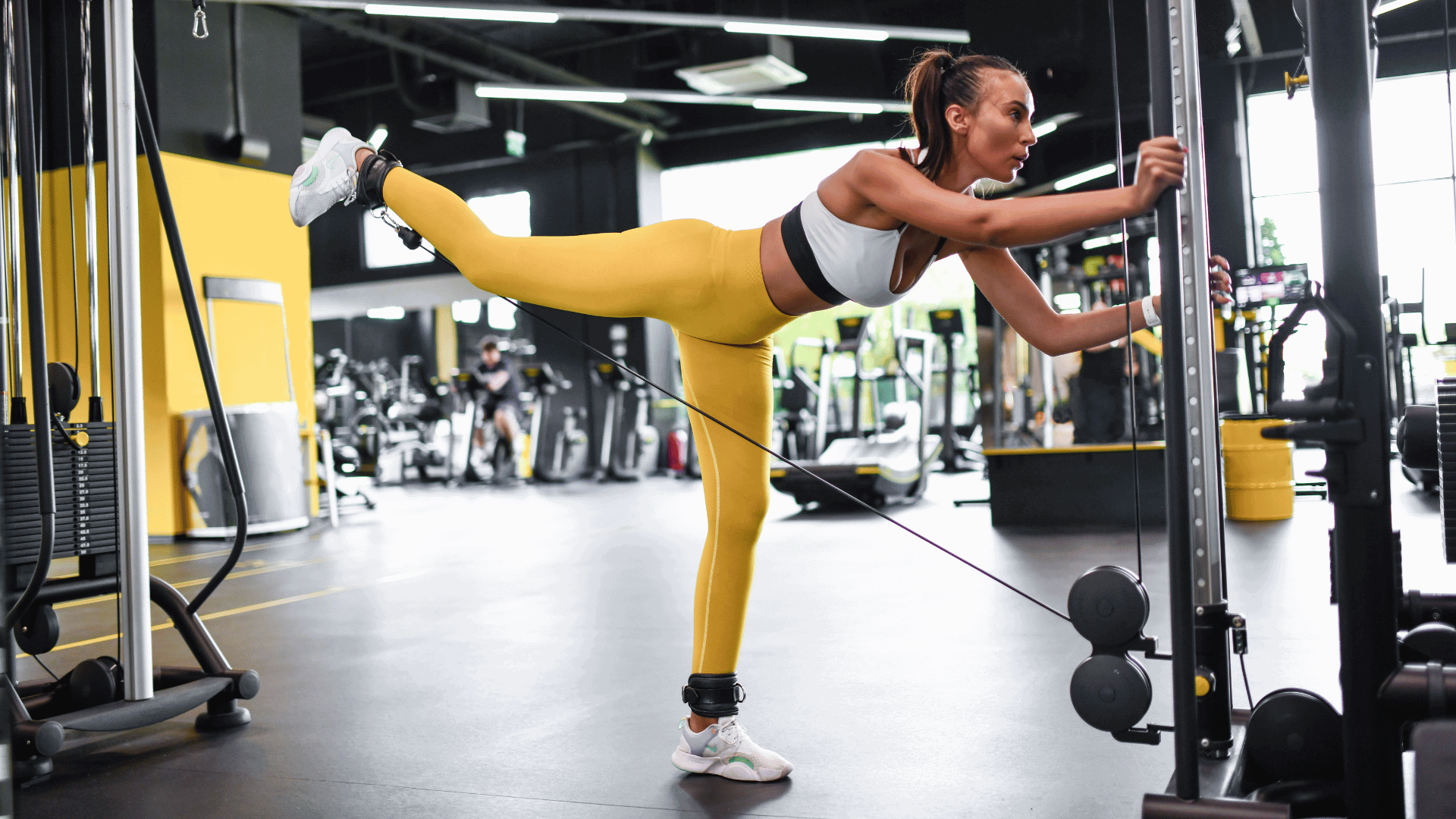
This lower-body workout places more emphasis on glute development while still training your legs, calves, and core.
- Bulgarian Split Squat — 3 sets of 12 to 15 reps per leg
Place one foot behind you on a low bench or step. Lower into a lunge with your front leg, keeping your chest up. Push through your front heel to return to standing. Switch legs. This move challenges your balance and activates deep glute muscles. - Step-Ups — 3 sets of 12 to 15 reps per leg
Step onto a box or bench with one foot and press through your heel to lift yourself up. Step back down and repeat on the same leg before switching. This works your glutes, hamstrings, and improves leg coordination. - Glute Kickbacks — 3 sets of 15 reps per leg
On all fours, hold a dumbbell behind your knee or use just your bodyweight. Kick your foot up and back, keeping your knee bent. Lower slowly and repeat. Focus on squeezing your glute at the top. - Goblet Squat — 3 sets of 15 reps
Hold one dumbbell at chest level. Lower into a squat, keeping your heels down and chest lifted. This strengthens your thighs and glutes while reinforcing good squat form. - Standing Calf Raise — 3 sets of 15 reps per leg
Stand tall and lift one heel off the floor, rising onto your toes. Lower back down slowly. Switch legs. Use a wall or chair for balance if needed. - Weighted Sit-Up — 3 sets of 15 reps
Lie on your back with a dumbbell on your chest. Sit all the way up, then lower back down with control. Keep your feet flat on the floor throughout. - Side-Lying Leg Raise — 3 sets of 15 reps per side
Lie on your side with legs stacked. Raise your top leg toward the ceiling, then lower it slowly. This tones the outer part of your hips and glutes.
Wednesday, Saturday, and Sunday – Active Recovery or Full Rest

These three days are your recovery window. You won’t be lifting weights, but that doesn’t mean you need to stay still.
On Wednesday, consider light activity like walking, yoga, or stretching. This helps reduce soreness, improves blood flow, and keeps your body moving without adding stress.
Saturday and Sunday are your full rest days. You can take them completely off if your body needs it, or keep things light with a short walk, mobility work, or foam rolling. These recovery habits help you come back stronger for the next week.
Rest days aren’t breaks from the plan—they’re part of it. This time allows your muscles to rebuild and keeps you consistent for the long term.
How to Train (Standard vs. Fat-Burn Mode)
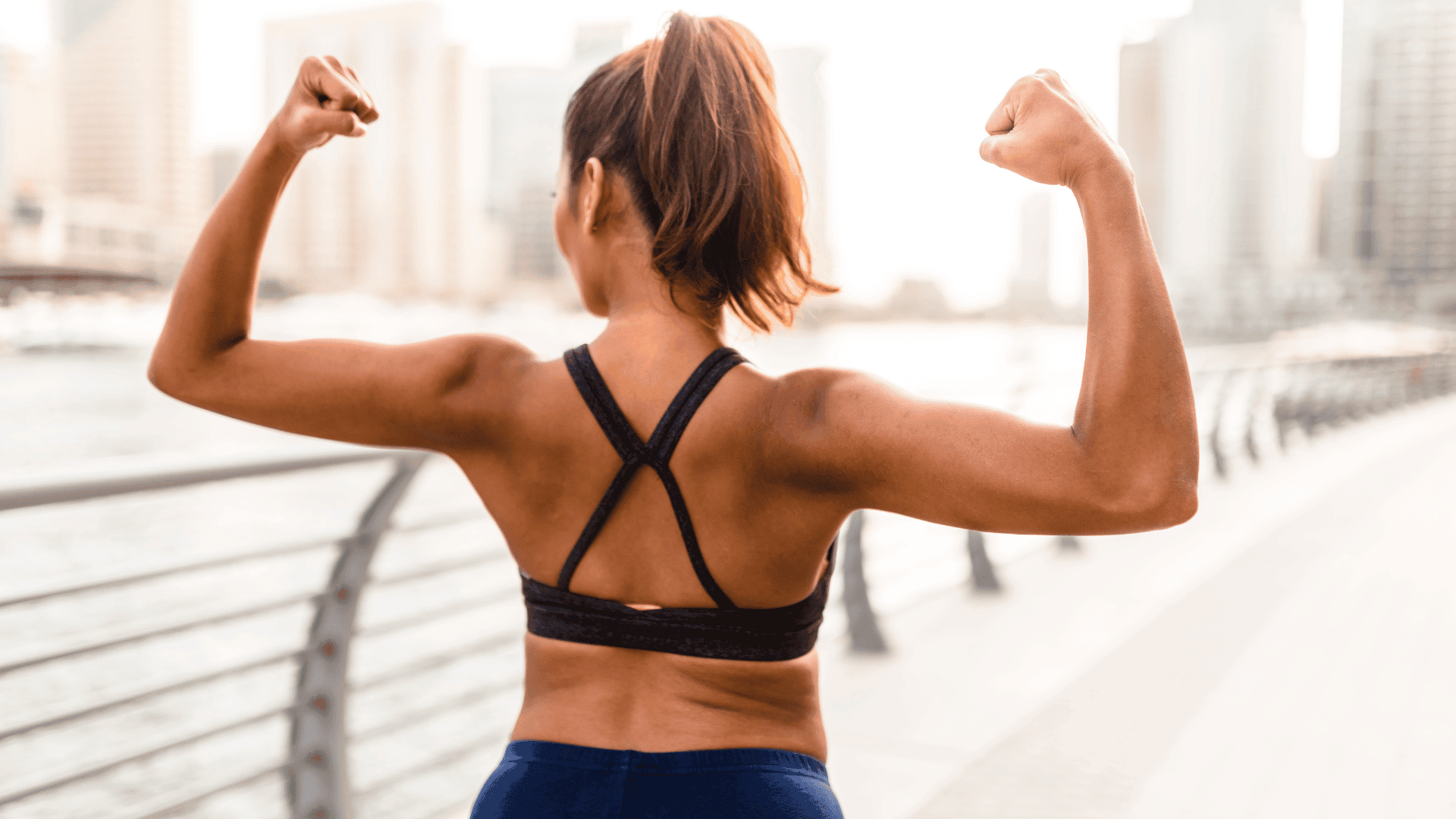
This plan gives you two training formats to choose from, depending on your goal. Both options use the same exercises, but how you structure the sets can change your results.
Standard Mode
This is best if your focus is on building strength and toning muscle. You’ll do each exercise for the listed sets and reps, taking about 45 to 60 seconds of rest between sets. This pace gives your muscles time to recover between efforts so you can lift with control and good form.
Fat-Burn Mode
If you’re looking to lose fat or add a cardio boost, turn each workout into a circuit. Instead of resting between moves, go through the full list of exercises back-to-back with no rest. After completing one round, rest for two minutes, then repeat for two to three total rounds. This keeps your heart rate high and turns the workout into a fast-paced calorie burn.
How to Choose
Both styles work. If your main goal is shaping and toning, stick with standard sets. If you want to lose body fat or feel like you need more intensity, try the circuit version. You can even alternate styles from week to week depending on how your body feels.
Recovery That Supports Results

Rest days aren’t just breaks — they’re when your body actually builds muscle and burns fat. That’s why this plan includes three non-training days. You’re not skipping the work, you’re letting it pay off.
To make the most of your recovery:
- Move a little. Light walks, stretching, or short mobility routines keep your joints loose and help ease soreness.
- Sleep matters. Aim for at least 7 to 8 hours each night. That’s when your muscles repair and your energy resets.
- Stay hydrated. Water supports digestion, joint function, and fat metabolism. Try to drink at least half a gallon daily.
- Eat enough. Whether your goal is to tone or lose fat, your meals fuel both workouts and recovery. Don’t undereat on rest days.
If your body feels extra tired, take it seriously. Muscle fatigue, poor sleep, or low energy may be signs you need an extra day off or to reduce intensity the next time you train.
How to Eat for Strength, Shape, and Energy

The way you fuel your body can either support your workouts or slow your results. This plan keeps it easy by focusing on habits that help you build tone, stay energized, and feel full without overthinking every bite.
Start by making protein part of every meal. That might look like a veggie omelet in the morning, grilled chicken at lunch, or beans and rice at dinner. You don’t need to weigh everything, just aim for a solid source of protein three to four times a day. That keeps your muscles fed and your hunger in check.
Next, add foods that actually help you get through your workouts. Think simple carbs like toast before a session or fruit and oats after. These give your body fast, usable energy.
Fat matters too. A little avocado, olive oil, or peanut butter keeps meals satisfying and helps your body stay balanced.
Instead of tracking every calorie, build your meals around whole foods and eat just enough to feel satisfied, not stuffed. And no need to sip on fancy drinks, stick to water. Keep a bottle with you and sip often, especially on training days.
Small changes stack up. Keep it steady and you’ll see the difference.
Equipment Alternatives That Still Get Results
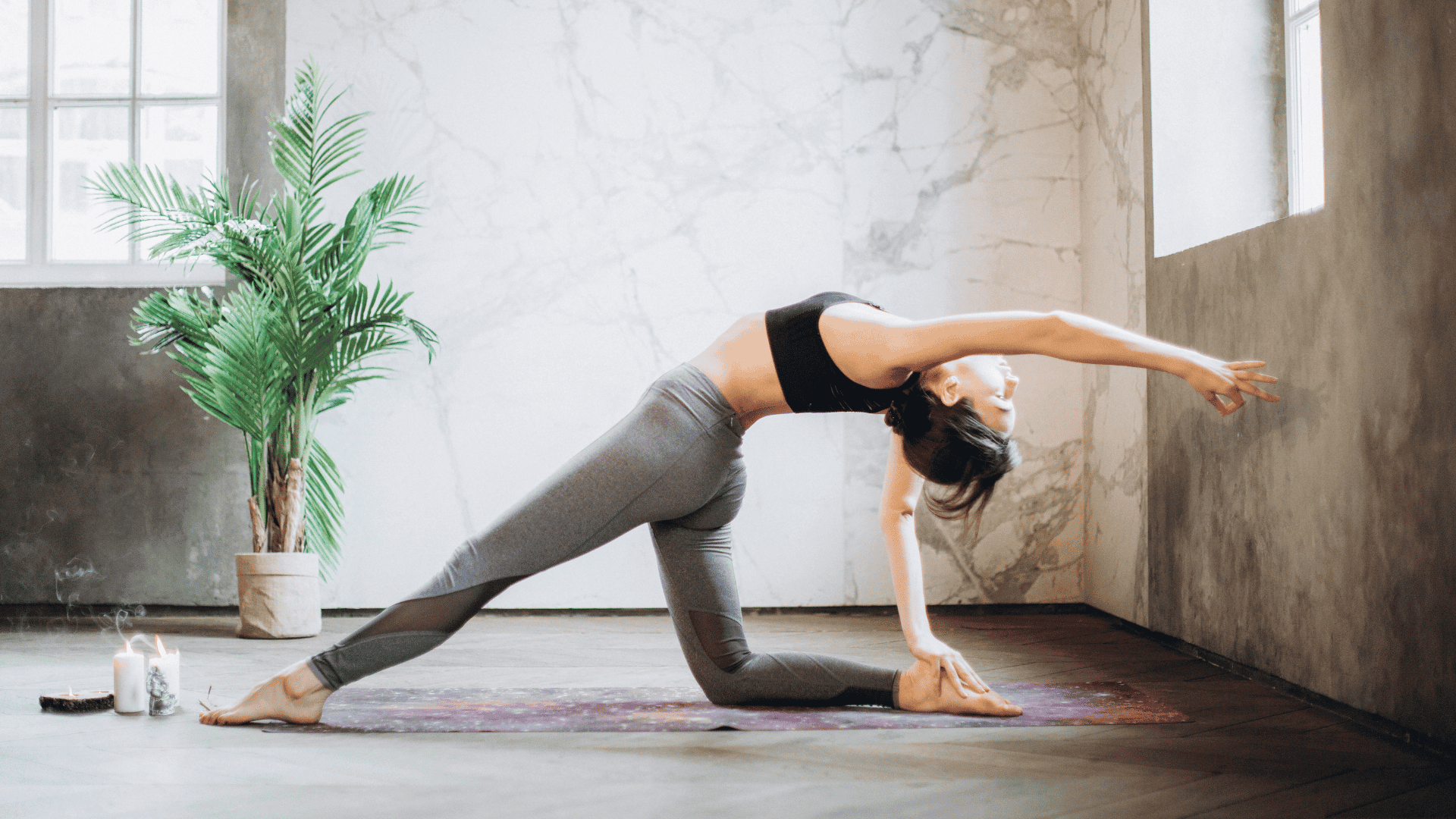
Sometimes the gym is packed. Other times, you’re at home without equipment. That doesn’t mean your workout has to stop. With a few smart swaps, you can still hit every muscle group using bodyweight or basic household items.
No bench or dumbbells? Do floor push-ups or incline push-ups on a sturdy table. To hit your back, use a backpack filled with books for bent-over rows, or try towel rows anchored in a doorway.
For lower body days, swap weighted squats and lunges with bodyweight step-ups using stairs or a chair. Add a pause at the bottom or move slower to make each rep count.
Glute bridges and donkey kicks are strong stand-ins when you don’t have a barbell or heavy dumbbells. Even wall sits and side-lying leg lifts can light up your legs when done with control.
And for your core?
All you need is a mat or towel. Stick with moves like planks, leg lifts, or slow mountain climbers to stay on track.
The goal is to keep moving with intention. Whether you’re fully equipped or working with just your body, consistency is what brings results.
Ready to Put This Plan Into Motion?
This workout plan isn’t about chasing perfection or trying to do it all at once. It’s about showing up four days a week, building strength with simple tools, and giving your body the attention it deserves.
You now have a clear weekly routine, two ways to train based on your goal, and a solid foundation to make progress, whether you’re focused on toning or fat loss. Each workout is short, focused, and built to fit into your life, not take it over.
Start with what you’ve got. Even light dumbbells and a small space are enough to get moving. Stick with it for a few weeks. Track your workouts. Watch what changes, not just in your body, but in your confidence, energy, and mindset.
It’s your time. Let this be the plan that gets you started and keeps you going.
Frequently Asked Questions
1. Can I do this workout plan if I’m completely new to strength training?
Yes, you can. This plan was designed with beginners in mind. Each move is simple, safe, and explained in clear steps. Start with light weights and focus on learning the form. Over time, your strength and confidence will grow.
2. Do I need to do all four workouts in the same order every week?
It’s ideal, but not required. The schedule is designed to allow proper recovery between upper and lower body sessions. If your week gets busy, shift things around, just try to complete all four sessions by the end of the week.
3. What if I only have really light dumbbells?
Use what you have. If the weights feel too easy, slow down each rep, add more reps, or reduce your rest time between sets. This keeps the challenge up until you’re ready to invest in heavier dumbbells.
4. Can I combine this plan with running or group fitness classes?
You can, but keep an eye on recovery. If you’re adding cardio, try to do it on your rest days or after strength workouts. Make sure you’re not constantly sore or overly tired, your body needs time to rebuild.
5. How long before I see results?
Everyone’s timeline is different, but many women notice more tone, better posture, and stronger movement patterns within the first four to six weeks, especially when paired with good nutrition and recovery.

